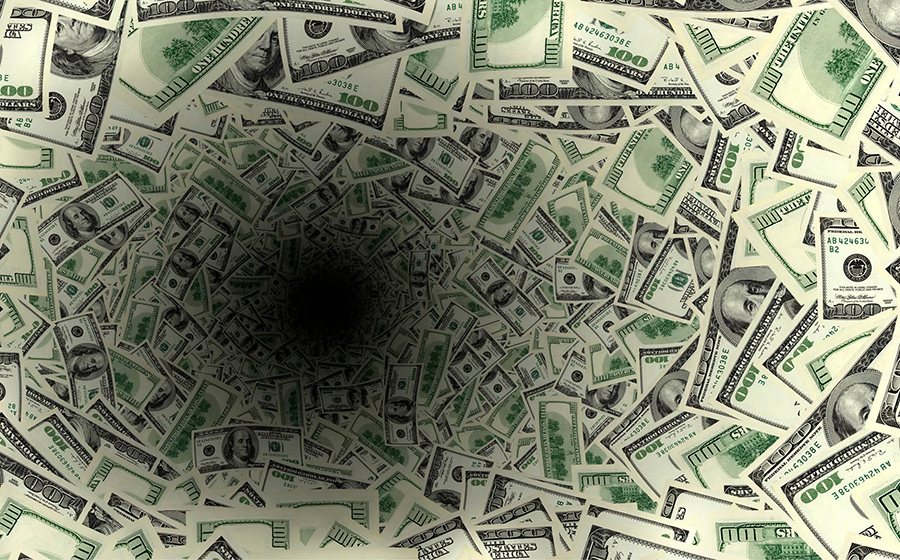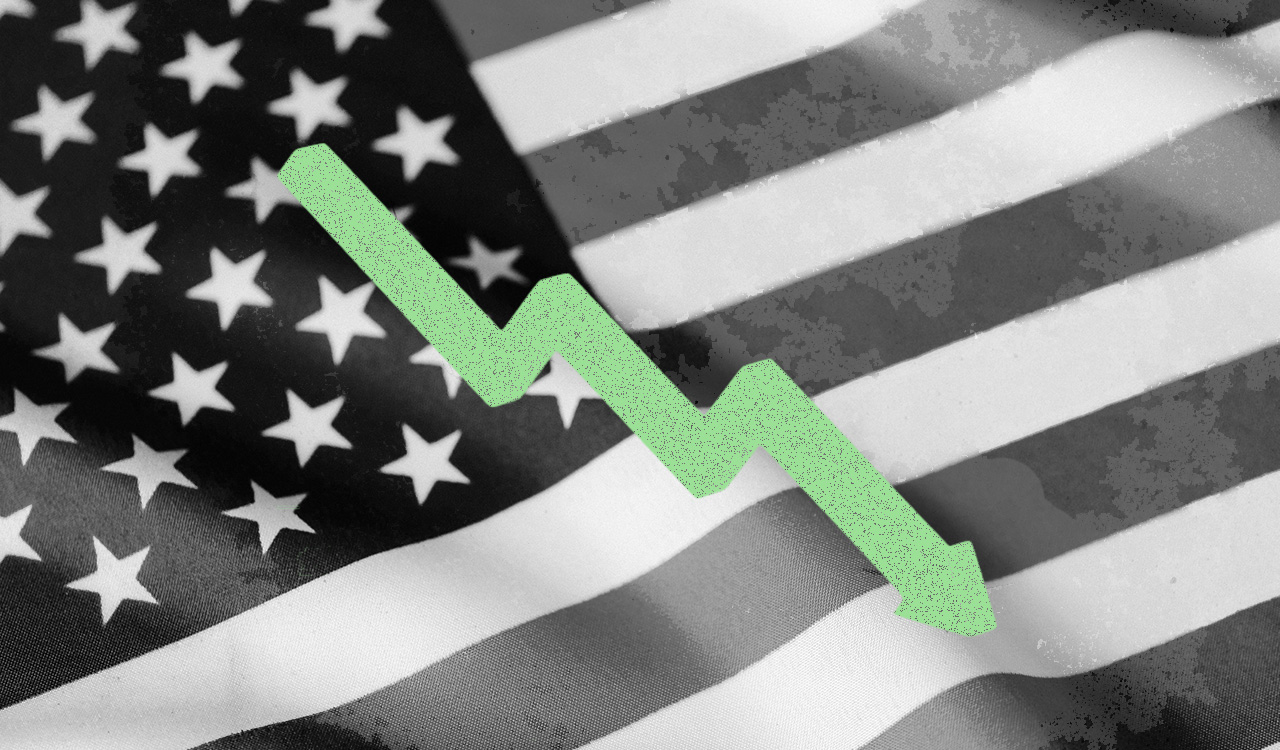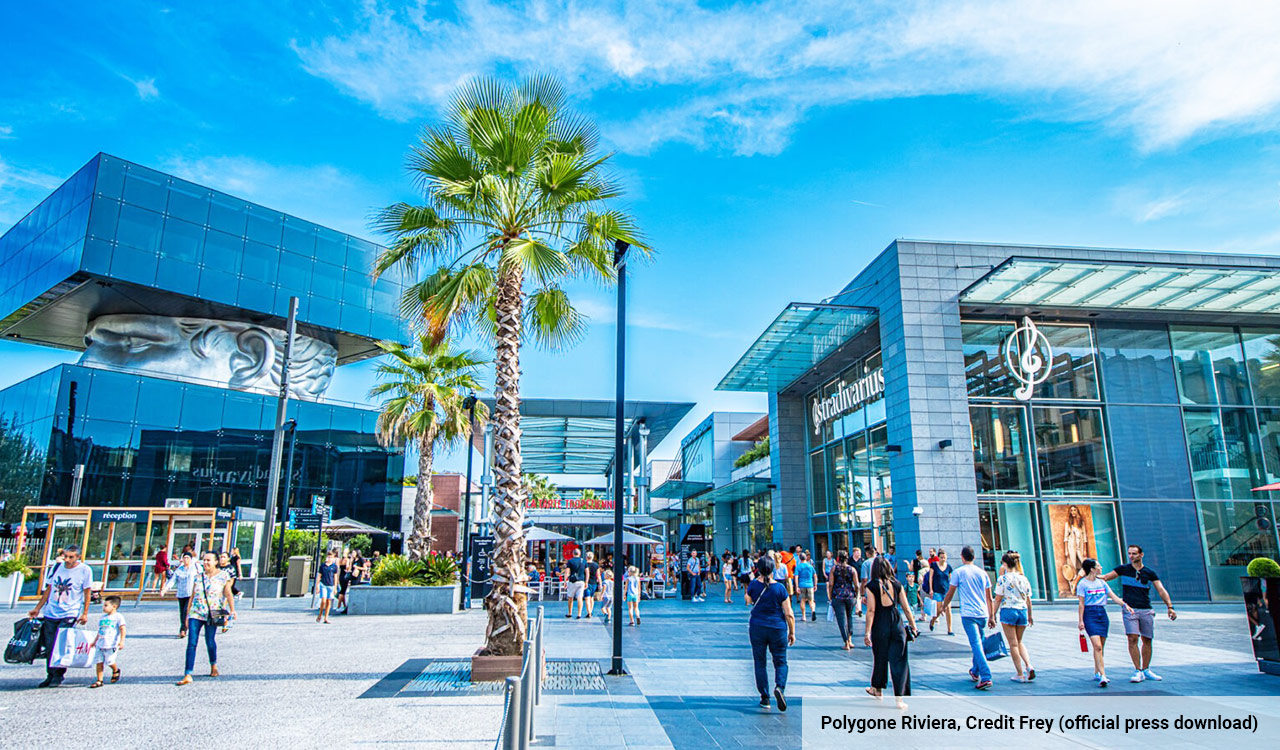Is the retail industry, and for that matter, all consumer-facing industries in denial? Actually I think they have not yet detected the real cancer, soon to metastasize. A lot of the coverup has been perpetuated by politicians and some economists who continue to declare that we\’ve had the longest economic recovery in the history of recessions. Some would say it\’s the slowest recovery ever, with GDP growth wobbling around 2 to 2.5 percent annually over the ten years since the Great Recession, compared to 3 to 6 percent growth following WWII, through the 1990s.
Furthermore, a case could be made that the economic expansion, slow as it has been, has benefitted Wall Street more than Main Street. The great tax cut in 2018 for corporations and consumers was intended to spur capital investment by companies to build for growth, including hiring workers and increasing wages (simultaneously, tariff increases were supposed to bring manufacturing back to the U.S). Then as night follows day, consumers would spend more, which would ignite a huge growth cycle that would perpetuate itself (more jobs, higher wages, more consumption, more growth).
It didn\’t work, and it is still not working. Whatever puny investments corporations made for growth were just that: puny, because they knew demand did not justify the supply expansion. The big investments were made in stock buybacks (paper that made the rich, richer). And who is kidding whom when it comes to tariffs bringing manufacturing back to the U.S.? The puny tax break for consumers resulted in a one-off puny blip in spending. Read more. Worse, some economists see another recession on the near-term horizon. Scared yet? Hang in there. It gets worse.
The retail industry has already shuttered more stores this year than last. Why? It\’s not rocket science. The costs required to build out e-commerce infrastructures along with acquiring and embedding the technology necessary to compete in the new world are severely squeezing prices and profits. A parallel squeeze on prices and profits is the perpetual supply and demand imbalance. Tariffs are already threatening sales in many categories and the pause on even more devastating tariffs may be just that: a pause. And of course Amazon and the growing number of long-tail digital natives continue to steal growth, brick by brick, from the legacy world. This will only accelerate.
The Seismic Economic Shift
It is even worse. Simply stated, the middle class is all but gone. This is an existential threat to all mainstream consumer-facing businesses, particularly retail. With an ongoing imbalance of way too much supply and tepid demand, everything goes on sale — deeply. What\’s left goes to off-price, dollar stores, outlets, deep discounters and eventually into landfills. On the opposite pole, the elite one-percenters are doing just fine.
In my opinion, the middle class will not return until the technology revolution and its seismic economic and consumer shifts finally settle into a more balanced marketplace. This will require major changes in the way we manage our markets and capitalism, including our financial structure. This will take a full-scale re-education and reskilling of a couple of generations of workers who grew into the middle-class American Dream in the last century as manufacturing and the growth of unions were the spine and hope of the average American. What to do? America and its workers must move up the food chain on the global stage. We must take, and then keep the lead in technology and innovation. Those industrial age factories are not coming back.
Brian Kelly, president of consultancy Brian Brands, told Retail Dive in an email, \”We are going through this shift again, except this time, the middle is going away. There is death in the middle, not because of a lack of meaningful differentiation but rather a lack of meaningful market size. It\’s stunning to me that NO ONE is really discussing that retail failure is consumer failure. What\’s up with Calvin [Klein] or Ralph [Lauren] or department stores or specialty retail? All of the travails are rooted in this bifurcation of consumer earnings, aka the demise of the middle class.\”
This metaphorical cancer may be so severe it is incurable. Maybe America is the next in line of the many once-proud empires that have risen and fallen throughout history. One could argue that the 21st century China empire is on the rise, soon to take our place.
The Hollowing Out of the Middle Class
In a 2012 presentation made by Alan Krueger, Chairman, Council of Economic Advisers during the Clinton administration, he coined the notion of \”the Great Gatsby curve\” regarding the consequences of income inequality in the U.S. He cited that from 1970 to 2012, the U.S. declined from having just over half of households with incomes within 50 percent of the median to 42.2 percent in 2012. The Gatsby reference pointed to what he found as the \”persistence in the advantages and disadvantages of income\” that are passed from generation to generation.
And persistent it is. According to a Deloitte report this past May, between 2001 and 2017, income growth for those with mean annual household earnings of more than $100,000 rose an incredible 1,305 percent more than those with less than $50,000.
At the same time, Fed Chairman Jerome Powell was telling an audience at the 2019 Federal Reserve System Community Development Research Conference that, \”In the 1950s, better than 80 percent of children born in middle-class households grew up to out-earn their parents, but more recently only around half do.\” This fact also indicates why households in the 50s could get by with a single earner — and why to just squeak by today requires two incomes, or one earner working two jobs.
In a Federal Reserve report on the \”Economic Well-Being of U.S. Households in 2018,\” it said if faced with an unexpected expense of $400, 27 percent of adults would borrow or sell something to pay for it and 12 percent would not be able to cover it. A fifth of U.S. adults had \”major, unexpected medical bills to pay\” while a quarter actually \”skipped necessary medical care in 2018 because they were unable to afford the cost.\”
The Deloitte report further emphasizes the pain and pressure on what\’s left of the battered middle and lower classes. Nondiscretionary expenses are rising for everyone. \”The bottom 40 percent of earners had less discretionary income in 2017 than they did 10 years ago, and the next 40 percent saw only a minor increase. Only 20 percent of consumers were meaningfully better off in 2017 than they were in 2007, with precious little income left to spend on discretionary retail.\” Add student debt, in the trillions, and rising healthcare costs, and on and on. How do diminishing middle class and lower-class consumers find any money left over for reward shopping? What little is left gets spent down market or on sales.
A Review
Most of these economic and consumer facts will not be reversed any time soon, if at all. Once again, the income gap and loss of the middle class of shoppers is driving consumers into the deep value markets. The ongoing conundrum of the enormous over-supply against stagnant to diminishing demand is squeezing prices and profits. The costs required to build out e-commerce infrastructures, acquiring and embedding the technology necessary to compete in the new world is also severely squeezing prices and profits. Then there are tariff threats, the accelerating shift to online shopping, the cultural shift of next gens seeking a \”non-consumption\” lifestyle (even among the one-percenters) and the boomer generation downscaling into retirement, spending less on stuff.
Have you had enough yet?
To Be or Not to Be — The End?
This is a serious reality check for all retailers and consumer-facing businesses, both online and off. They must take all of these factors into account when transforming their strategies, structures and organizations to succeed in the digital age. Be forewarned, the opposite of success is not pretty.




